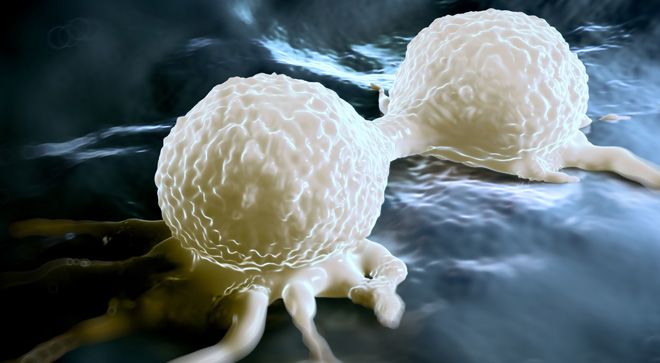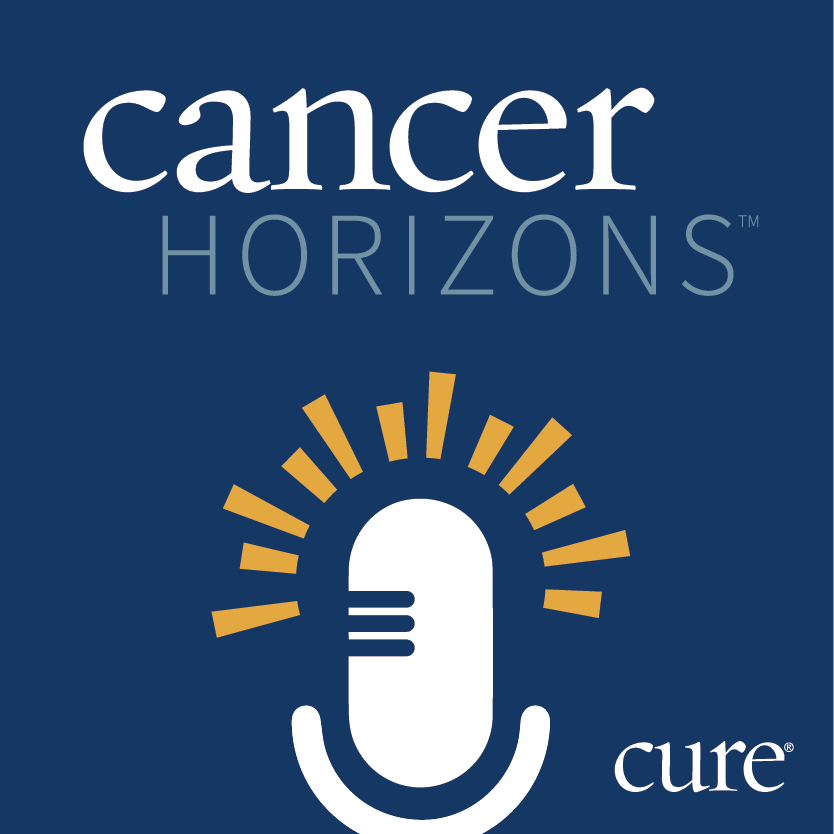Among patients with ER-positive/HER2-negative advanced breast cancer, treatment with camizestrant in combination with Kisqali (ribociclib) has been shown to be both effective and tolerable, study results have shown.
Findings from the phase 1 SERENA-1 study were presented at the 2024 San Antonio Breast Cancer Symposium, specifically the parts of the study examining the safety and efficacy of 75 milligrams (mg) of camizestrant daily with either 400 mg or 600 mg of Kisqali administered for 21 days on and seven days off.
As of a data cut-off of Sept. 16, 2024, 60 patients had received the combination, with 22 still receiving therapy. The median duration of treatment was 7.5 months in the 400 mg of Kisqali arm and 5.6 months in the 600 mg of Kisqali arm.
Glossary
Progression-free survival: the time a patient lives without their disease spreading or worsening.
Overall response rate: patients who responded partially or completely to treatment.
Complete response: the disappearance of cancer.
Stable disease: when cancer is not increasing or decreasing in extent or severity.
Neutropenia: low count of neutrophils, a type of white blood cell.
Photopsia: light flashes.
Sinus bradycardia: slower than normal heart rhythm.
The median progression-free survival (PFS) was 8.1 months in the 400 mg arm and 8.1 months in the 600 mg arm, while the objective response rate (ORR) with measurable or non-measurable disease at baseline was 11.1% (3 of 27 patients) in the 400 mg arm and 12.5% (4 of 32 patients) in the 600 mg arm.
CBR24 — defined by researchers as the percentage of patients who have the best objective response of complete response (CR) or partial response (PR) in the first 25 weeks or who have stable disease (SD) for at least 23 weeks after the start of treatment — was 55.6% (15 of 27 patients) in the 400 mg arm and 53.1% (17 of 32 patients) in the 600 mg arm.
CBR24 rates were 55.6% in the 400 mg arm and 47.6% in the 600 mg among patients who had received prior Faslodex (fulvestrant), 56% and 53.1%, respectively, among patients who had received a prior CDK4/6 inhibitor (CDK4/6i) and 56.3% and 66.7% among patients in whom an ESR1mutation was detected.
Patients’ median ages were 58 in the 400 mg arm and 55 in the 600 mg arm, while 86% and 84% were post-menopausal, respectively. Patients in both groups had received a median of two prior regimens in the advanced setting,a median of two prior endocrine regimens in the advanced setting, and a median of zero and one chemotherapy regimen in the advanced setting. Most patients had received prior treatment with Faslodex in an advanced setting (61% and 66%, respectively) and prior treatment with a CDK4/6i in an advanced setting (89% and 100%), while 57% and 38% of patients, respectively, had an ESR1mutation detected.
Side effects of any grade reported in at least 20% of patients included neutropenia (32.1% in the 400 mg arm, 53.1% in the 600 mg arm), nausea (39.3%, 46.9%), photopsia (39.3%, 34.4%) and sinus bradycardia (39.3%, 31.3%). The most common grade 3 (severe) or higher side effect was neutropenia (10.7%, 43.8%).
“Camizestrant 75 mg in combination with either [Kisqali] 400 mg or 600 mg was well tolerated; the safety profile of camizestrant 75 mg when dosed with [Kisqali] is comparable to that of camizestrant 75 mg monotherapy, and that of camizestrant 75 mg dosed with other CDK4/6i ([Verzenio (abemaciclib)] and [Ibrance (palbociclib)]),” researchers noted in a poster presentation of the findings.
Researchers further stated that, despite extensive prior lines of therapy, encouraging clinical activity was observed for camizestrant 75 mg in combination with either Kisqali 400 mg or 600 mg.
Reference
Results from SERENA-1 Parts K/L: A Phase 1 study of the next-generation oral selective estrogen receptor degrader (SERD) camizestrant (AZD9833) in combination with ribociclib in women with ER-positive, HER2 negative advanced breast cancer, by Dr. Manuel Ruiz-Borrego et al., presented at the San Antonio Breast Cancer Symposium, Dec. 10 to 13, 2024, San Antonio, Texas.
For more news on cancer updates, research and education, don’t forget to subscribe to CURE®’s newsletters here.






